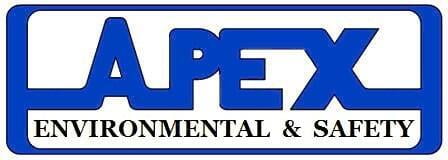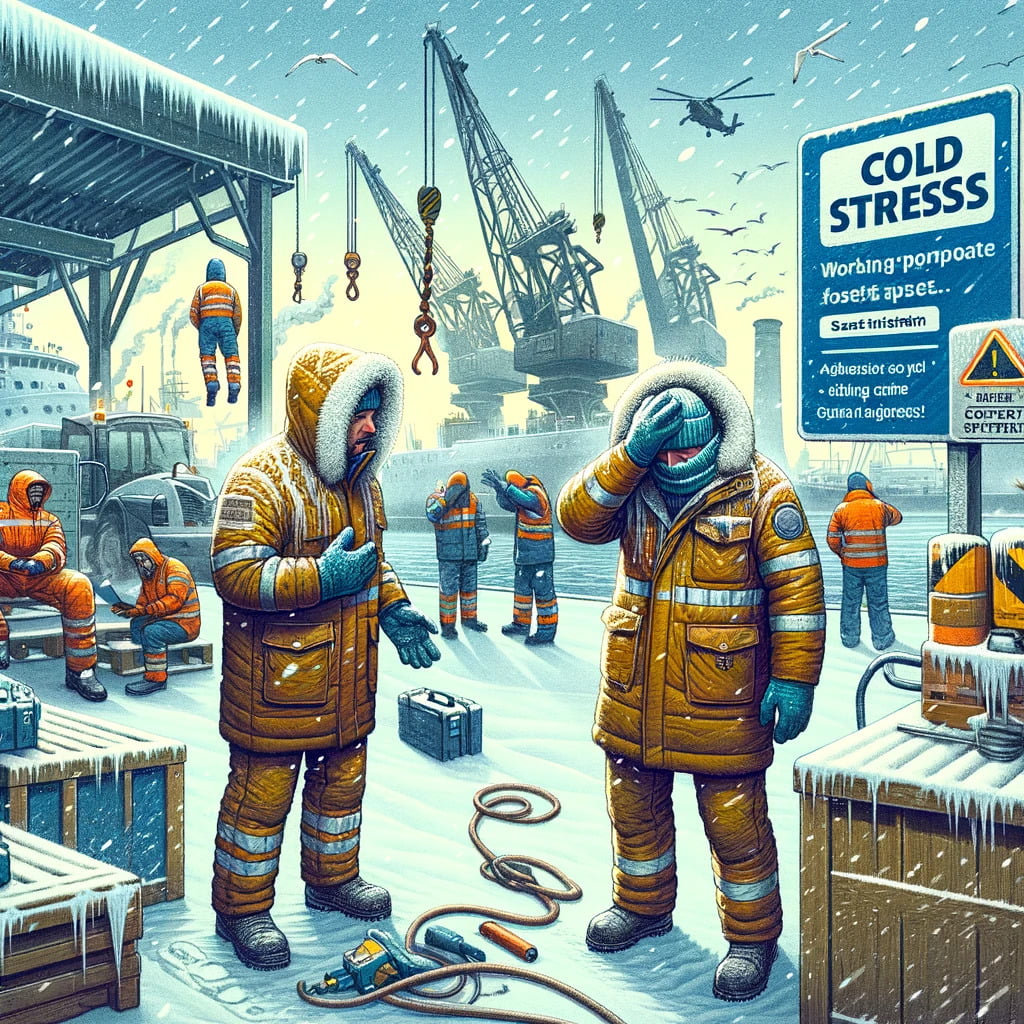Cold stress is a significant occupational hazard, particularly in environments with low temperatures, wind chill, and high humidity. Exposure to cold temperatures can lead to hypothermia, frostbite, and other cold-related illnesses and injuries. To ensure the health and safety of workers in cold environments, it's crucial to implement measures to prevent cold stress and provide adequate protection.
Firstly, conduct a cold stress risk assessment to identify high-risk areas and factors contributing to cold stress, such as temperature, wind speed, and moisture levels. Monitor weather forecasts and wind chill indices to anticipate potential cold stress hazards.
Secondly, implement engineering controls to minimize exposure to cold temperatures, such as providing heated shelters, windbreaks, and insulation in work areas. Use appropriate clothing and personal protective equipment (PPE) such as insulated jackets, hats, gloves, and boots to protect workers from the cold.
Thirdly, establish administrative controls such as implementing work-rest schedules, providing warm break areas, and rotating tasks to minimize prolonged exposure to cold conditions. Train workers on recognizing the signs and symptoms of cold-related illnesses and encourage them to take breaks and warm up frequently.
Lastly, monitor workers' health and adjust work practices as needed to prevent cold-related injuries and illnesses. Encourage open communication and feedback from workers regarding their comfort and well-being in cold environments.
By prioritizing cold stress prevention and providing adequate protection, we can create a safer and healthier work environment for all employees.
**Energy Conservation in Winter Paragraph:**
Energy conservation in winter is essential for reducing energy consumption, lowering utility costs, and minimizing environmental impact. As temperatures drop, it's important for organizations to implement measures to conserve energy and promote efficiency in heating systems and building operations.
Firstly, optimize building heating systems for energy efficiency by upgrading to high-efficiency boilers, furnaces, and heat pumps, and implementing programmable thermostats and energy management systems. Properly maintain heating equipment and seal air leaks to prevent heat loss and improve insulation.
Secondly, encourage energy-saving behaviors among employees, such as turning down thermostats, closing doors and windows, and using natural sunlight for heating during daylight hours. Provide education and resources to promote energy conservation practices and incentivize employees for energy-saving efforts.
Thirdly, implement weatherization measures such as caulking, weatherstripping, and insulating windows and doors to minimize heat loss and improve building energy efficiency. Conduct energy audits to identify opportunities for energy savings and prioritize energy conservation initiatives based on cost-effectiveness and environmental impact.
Lastly, collaborate with local utilities, energy efficiency programs, and government agencies to access incentives, rebates, and resources for implementing energy conservation measures. By working together and leveraging available resources, organizations can achieve significant energy savings and contribute to a more sustainable and environmentally friendly winter season.
By prioritizing energy conservation in winter and implementing energy-saving measures, organizations can reduce their carbon footprint, lower operating costs, and promote environmental sustainability for current and future generations.

